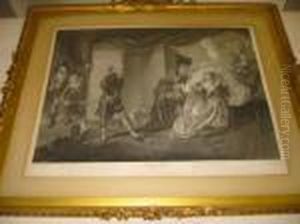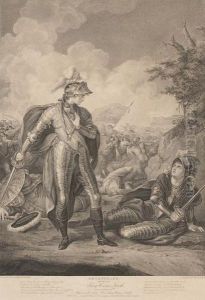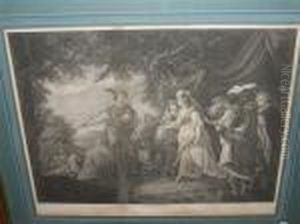Thomas I Ryder Paintings
Thomas Isherwood Ryder, often simply known as Thomas I. Ryder, was a British painter born in 1836. Although not as widely recognized as some of his contemporaries, Ryder made a significant contribution to the British art scene of the 19th century, particularly in the realm of genre painting and portraiture. His works, characterized by their detailed execution and emotional depth, reflect the Victorian era's fascination with narrative and moralizing subjects.
Ryder's early life and education in art remain somewhat obscure, a common issue for many artists of his time. However, it is known that he was active in London's artistic circles, participating in exhibitions and forging connections with other artists. Ryder's style was influenced by the dominant trends of his era, including the Pre-Raphaelite movement and the broader Victorian interest in realism and social commentary.
Throughout his career, Ryder exhibited at prestigious venues such as the Royal Academy and the British Institution. His paintings often depicted scenes of everyday life, imbued with a sense of the dramatic or the poignant, capturing moments of human experience with a keen eye for detail and emotion. Despite this, Ryder never achieved the level of fame or financial success enjoyed by some of his peers.
Ryder's works are now held in various collections and museums, offering insight into the diverse interests and talents of 19th-century British artists. His contribution to the art world, though perhaps not as celebrated as that of some of his contemporaries, remains an important part of the Victorian era's rich artistic tapestry.
Thomas Isherwood Ryder's life came to an end in 1889. Despite the relative obscurity into which he fell after his death, recent years have seen a renewed interest in his works and their place in the narrative of British art history. Ryder's paintings continue to be appreciated for their aesthetic qualities and their reflection of Victorian society and culture.


